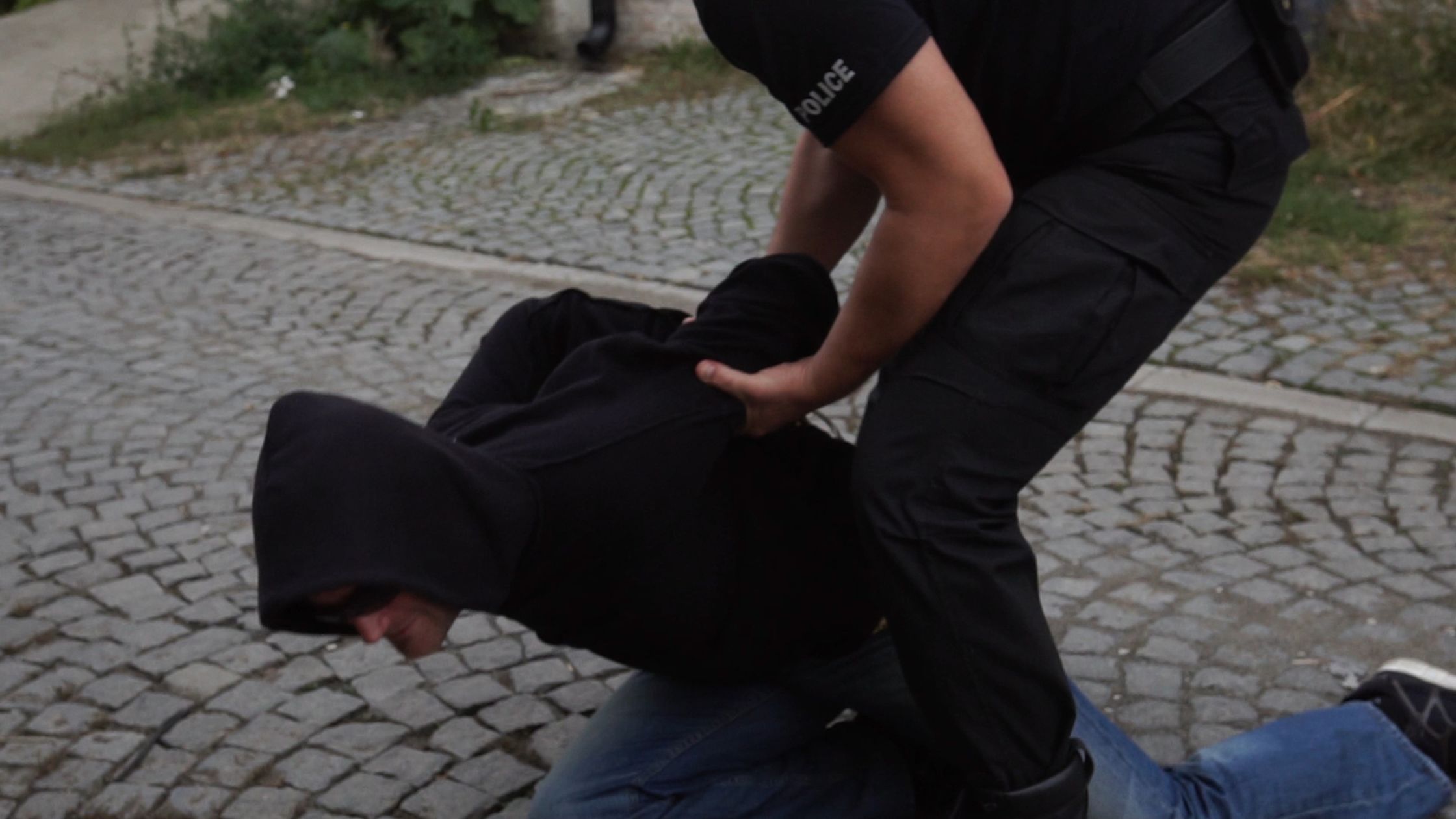A recent incident in Margate has sparked widespread debate over police conduct and the use of force. Video footage showing a Kent Police officer seemingly kneeing a 14-year-old boy to bring him to the ground has led to significant public outcry and scrutiny of law enforcement practices. The video was first reported in Kent Online.
The Incident
Background Details
On 5th May 2024, Kent Police were called to Margate following reports of disruptive behaviour by a group of young people. Some callers expressed concerns about the presence of weapons among the group. In response to the escalating situation, a dispersal order was implemented, granting officers additional powers to move on individuals causing harassment, distress, or nuisance. This measure was prompted by an assault involving a group of people in the same area just two days earlier.
Upon arrival at the scene, police officers encountered a chaotic environment. Video footage that surfaced online shows one officer pushing a young person against a wall and apparently kneeing him to bring him to the ground, which has led to a divided public reaction.
Legal Framework
Use of Force by Police
The law grants police officers the power to use force, but this authority is tightly regulated under the Criminal Law Act 1967 and the Police and Criminal Evidence Act 1984. Officers are permitted to use force only when it is proportionate, necessary, and reasonable in all circumstances. Specifically, an officer can use reasonable force to:
- Make an arrest
- Prevent crime
- Act in self-defence or in the defence of others
The force used must be the minimum required to achieve a lawful objective and must be proportionate to the situation.
Types of Force
Police officers can employ various types of force, including:
- Batons
- Physical force (pinning, pushing, striking)
- Police dogs and horses
Dispersal Powers
In this particular case, a dispersal order was active. This order allows officers to direct individuals in a public place to leave the area and not return for a specified period. While the dispersal order broadens the context in which officers might use force, it does not permit excessive force beyond what is necessary and proportionate.
Public Reaction
Divided Opinions
The internet is currently split over the footage of the incident. Some believe the officer had no choice but to use force to manage the situation and protect public safety. Others argue that the officer's actions were excessive and that a less aggressive approach should have been taken. From a legal perspective, the following factors are relevant:
- Reports of unlawful behaviour in the area
- Concerns about weapons being present
- The presence of a large group displaying antisocial behaviour
Concerns About Excessive Force
All too often, failures in adhering to these responsibilities unnecessarily expose individuals to avoidable risks of harm. While certain jobs may inherently involve higher risks, sustaining an injury should never be accepted as an inevitable consequence of the job. The use of force by police, particularly in this context, must always be carefully scrutinised to ensure it meets legal standards.
Conclusion
The incident in Margate raises important questions about the appropriate use of force by police officers, especially when dealing with young people. It underscores the need for clear communication and adherence to legal standards to prevent unnecessary harm.






